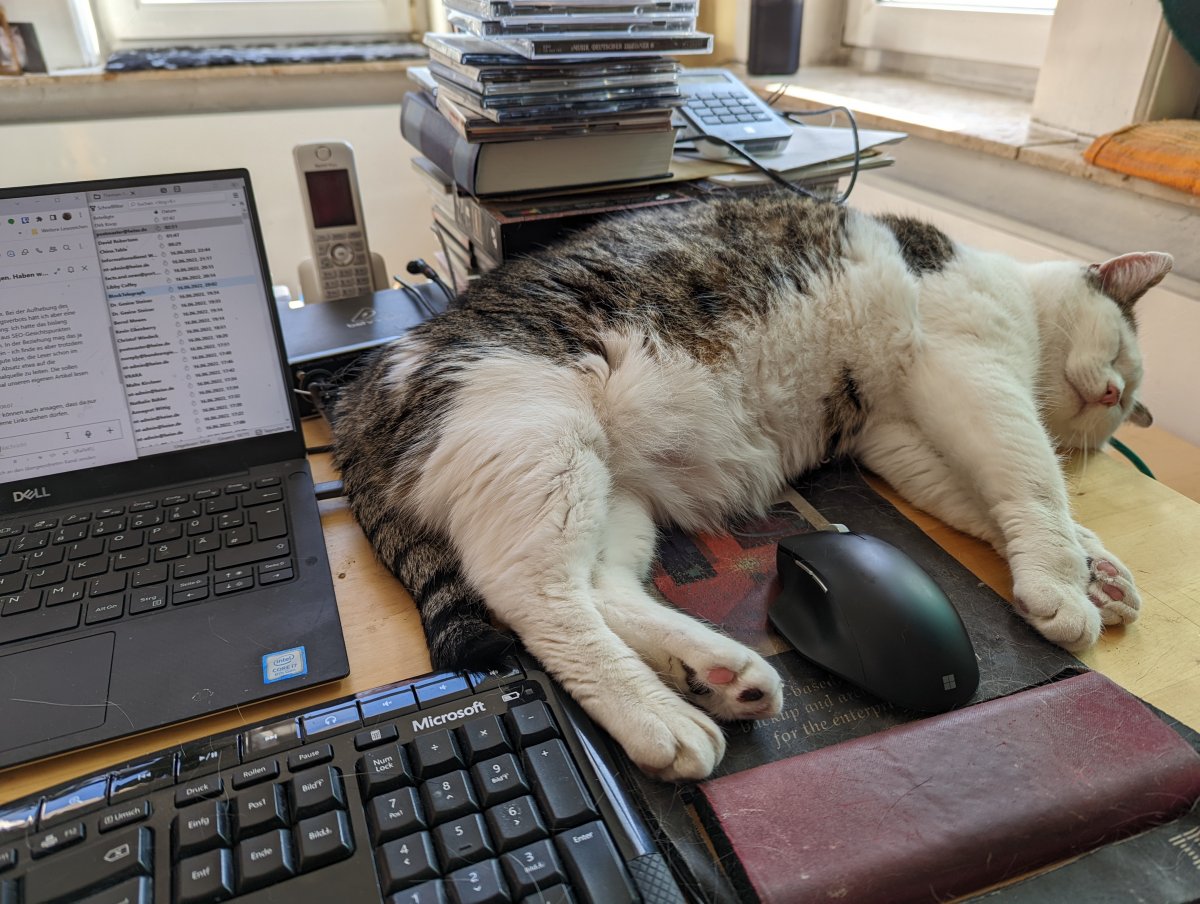Cats are undoubtedly a popular species, but in many places they breed insanely fast – with often undesirable consequences. According to animal welfare organization Peta, a single stray cat can father more than 370,000 offspring in seven years. A syringe with manipulated genes could help in future contraception and prevent a female cat from becoming pregnant – and for several years at a time. This is reported by a team led by David Pépin from Harvard Medical School, Boston and William Swanson from the Animal Welfare Center at the Cincinnati Zoo and Botanical Gardens in Ohio in the journal Nature Communications.
The researchers write that the gene injection could be used in the future as a cheaper and less invasive alternative to the usual sterilization or castration of cats. After all, there are around 480 million free-roaming cats around the world. The strays can, at least locally, significantly deplete the population of various wild animals. In addition, many are sick or malnourished. Animal shelters that take care of them often reach the limits of their capacity.
It is not for nothing that in some places in Germany it is compulsory to castrate male and female cats. There is no reliable hormonal contraception that works for years. But sterilization and castration – like any operation with general anesthesia – are associated with risks and cost a lot of money. Incidentally, veterinarians speak of sterilization when only the seminal or fallopian tubes are tied off. Castration is when an animal’s testicles or ovaries are removed.
Contraception with the anti-Müllerian hormone
The anti-Müllerian hormone (AMH) is at the heart of the novel contraceptive method for female cats from the USA: a complex protein molecule made up of more than 500 amino acids that regulates the differentiation of the sexual organs in the womb – in cats and humans alike. However, an unnaturally high dose of this hormone in the body has a contraceptive effect and, according to the study, prevents ovulation, which is usually triggered in cats by mating.
For the pilot study, the researchers constructed a gene that codes for the production of the contraceptive hormone and packaged it in adeno-associated viruses (AAV), which can introduce the new genetic material into body cells. Nine female cats from the Cinncinati Animal Sanctuary served as subjects. Three received high-dose injections, three received low-dose injections, and the remaining three cats, serving as controls, received no injections at all.
The manipulated genes apparently multiplied in the body. After just one or two days, the researchers were able to detect them in the urine and blood of the animals. After two months, the concentration dropped significantly. The anti-Müllerian hormone dose decreased more slowly and remained practically constant for the second year after the injection.
Duration of action at least two years
The cats were observed for two years, medically examined again and again and the status of various hormones was determined via the excrement. In addition, the animals had contact twice for four months each with two tomcats, with whom they also mated several times. But only the cats from the control group became pregnant afterwards. They gave birth to a total of 21 kittens.
In human medicine, gene therapies with AAV vectors have brought great progress in the treatment of hereditary diseases in recent years. The researchers write that this has opened up new possibilities in terms of contraception in animals. Whether and when the contraceptive injection for female cats will be used in the veterinary practice remains to be seen. The team has so far not observed any side effects, but the effectiveness, duration of action, the optimal dose and possible undesirable effects still have to be examined more closely in further studies, according to the publication.

(bsc)
